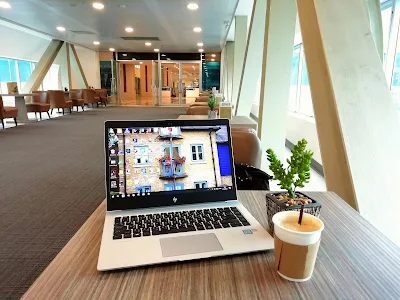A recent report suggests that the Google Phone app, the default dialer app on most Android devices, is set to receive a visual overhaul in its incoming call user interface (UI). According to a Reddit post, which was subsequently spotted by Android Authority, the updated UI will feature dedicated accept and reject buttons, deviating from the current draggable accept or reject button.
This change is expected to provide a more streamlined and intuitive experience for users, aligning with the design language of other Android OEMs, such as Samsung, and even Apple's iPhone dialer. The updated UI, which has been reportedly rolled out with Google Phone version 145.0.672690850, features a green "Answer" button on the right, accompanied by a quick "Message" toggle, and a red "Decline" button on the left.
While this change is a significant departure from the existing call UI, its rollout appears to be limited, with only a select few able to experience it after updating to the latest app version. It is unclear at this time whether this is a widespread test or a gradual rollout.
The updated incoming call UI has been met with a positive response, with many users finding the current interface to be frustrating to use at times. The introduction of dedicated accept and reject buttons is expected to simplify the process of handling incoming calls.
To confirm whether this updated UI is available on your device, check if you are running Google Phone version 145.0.672690850 or later. Share your thoughts on this change and whether you are seeing the updated UI on your phone in the comments below.







